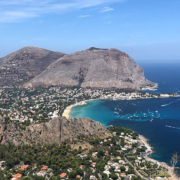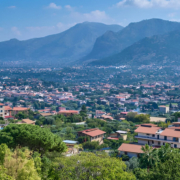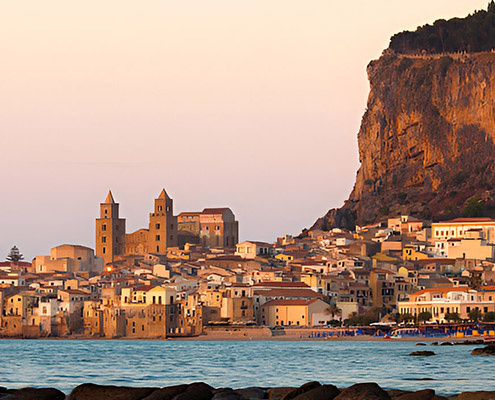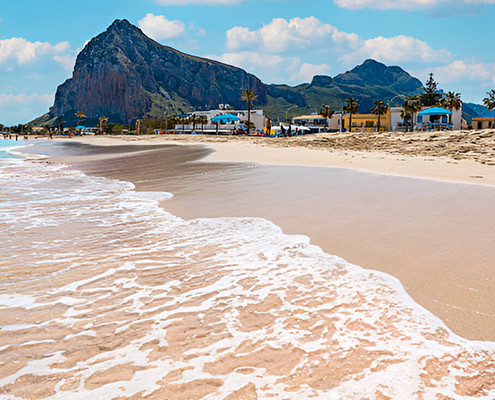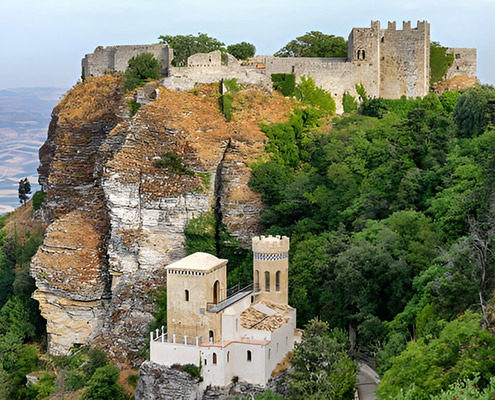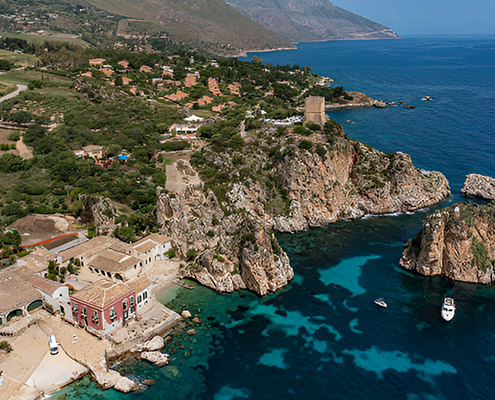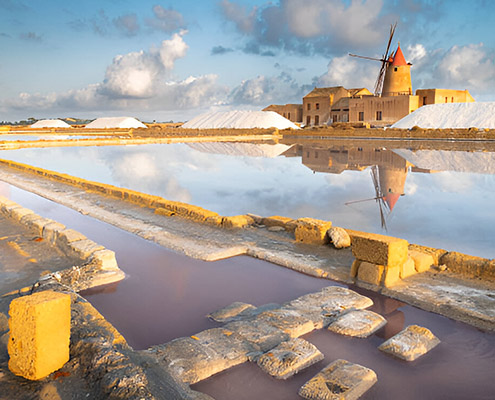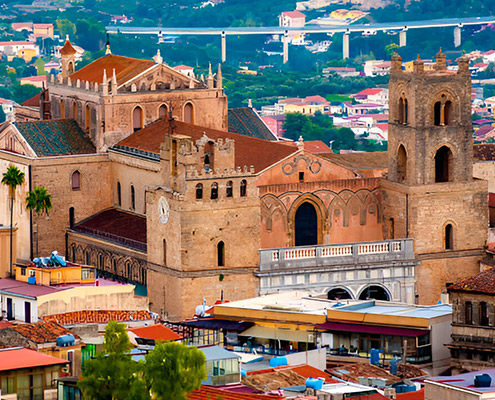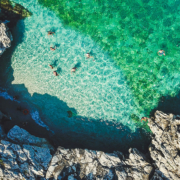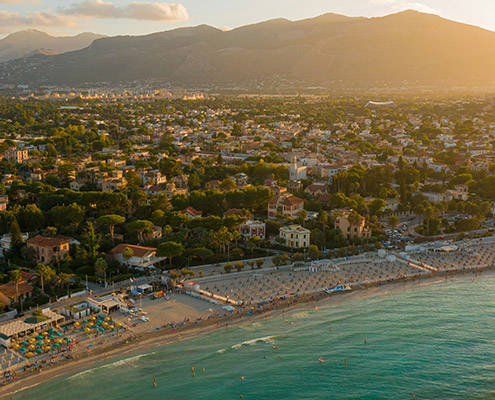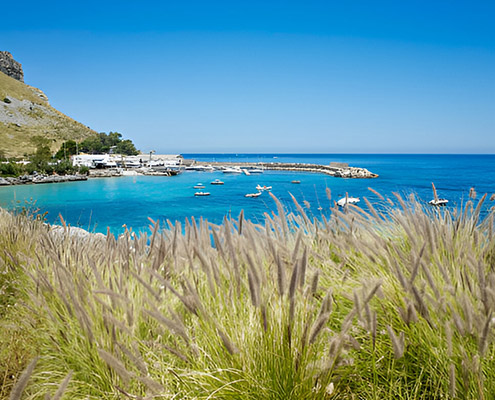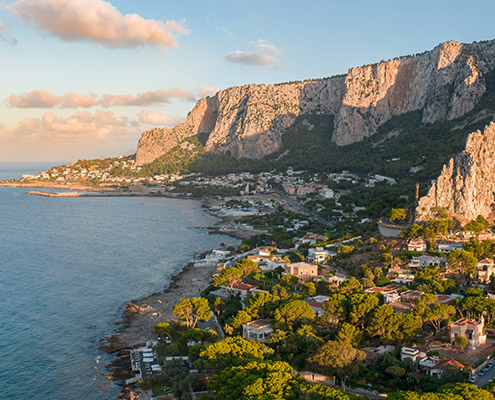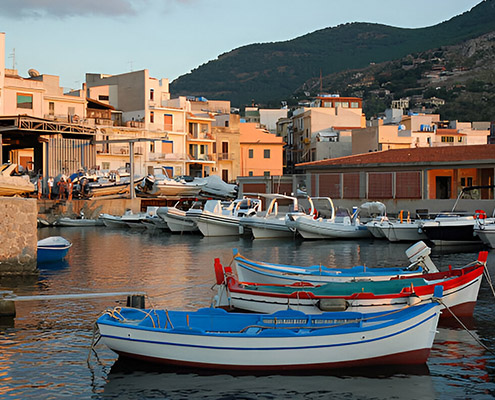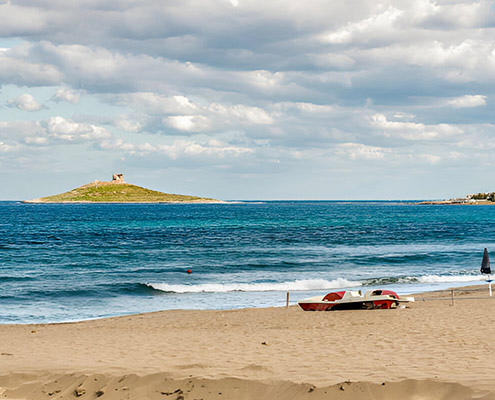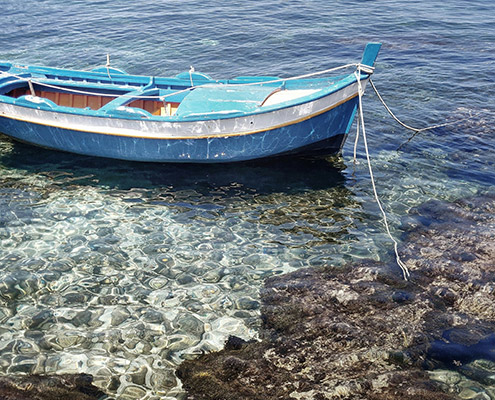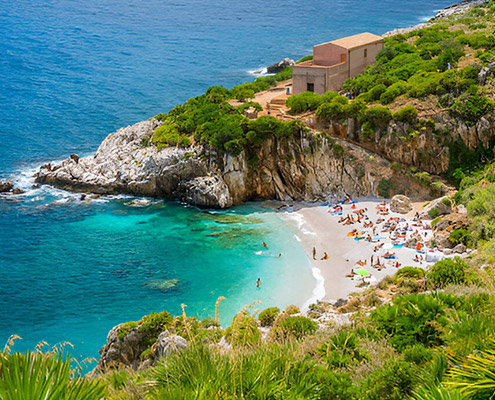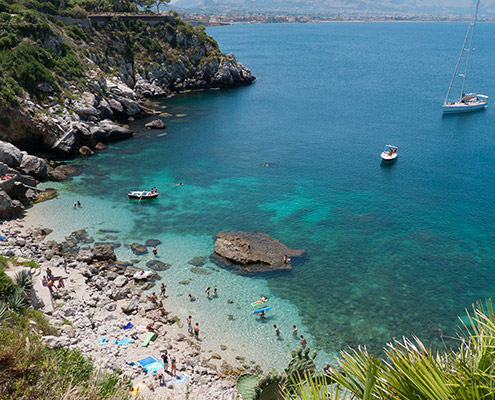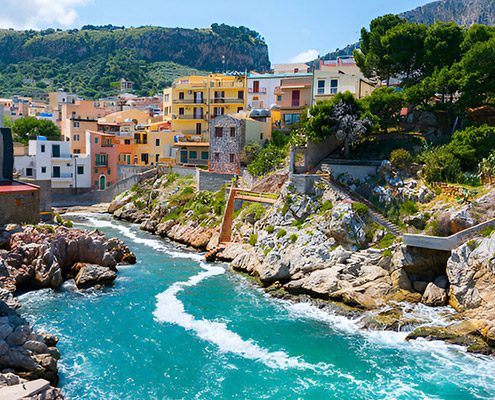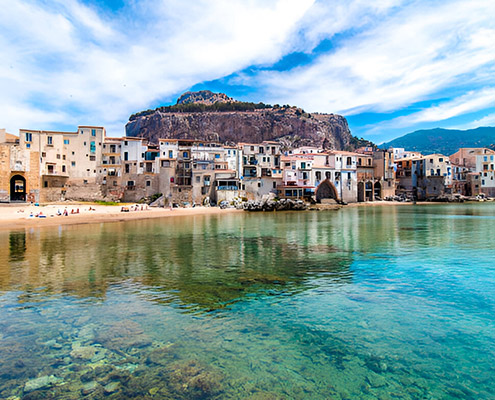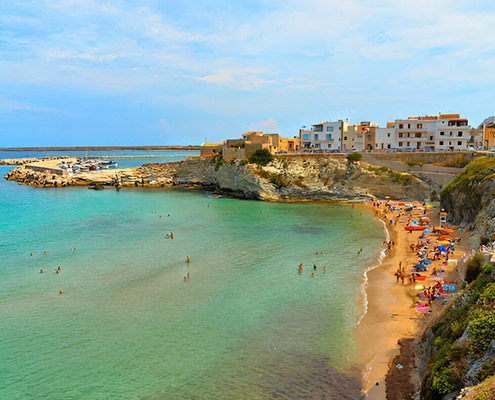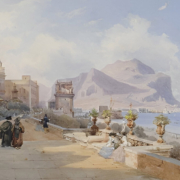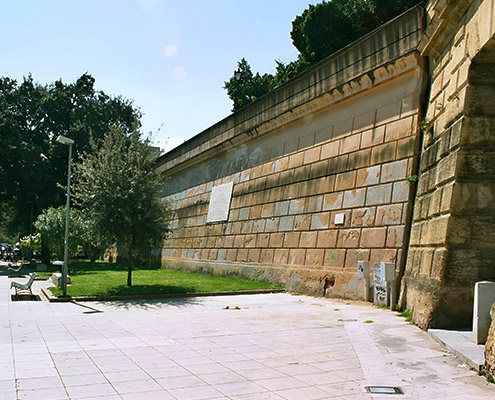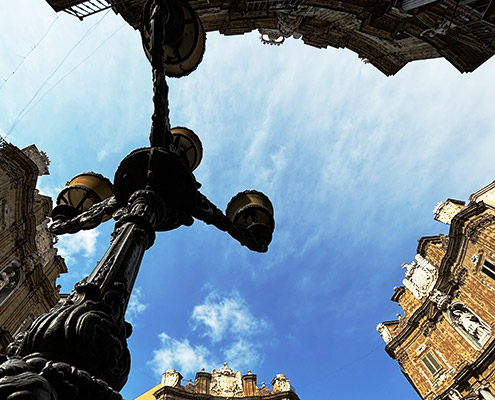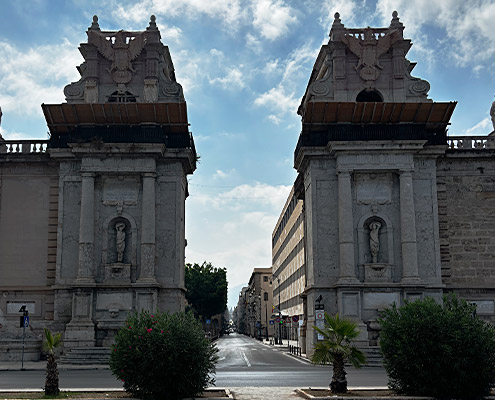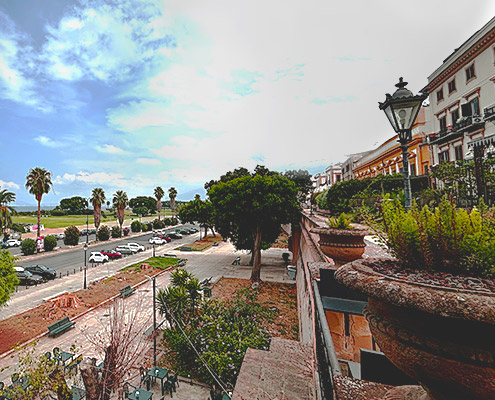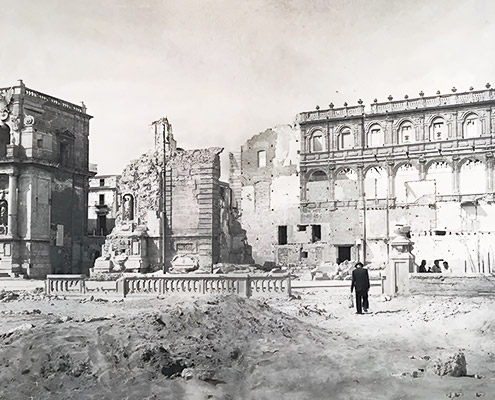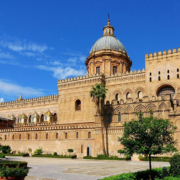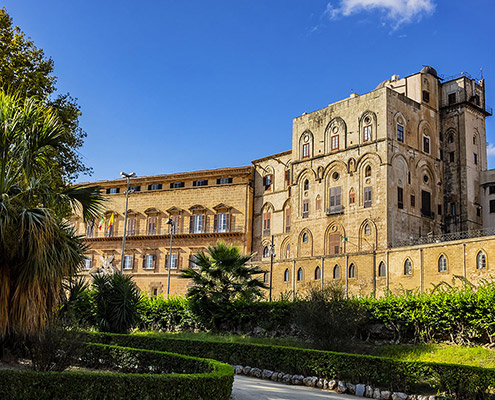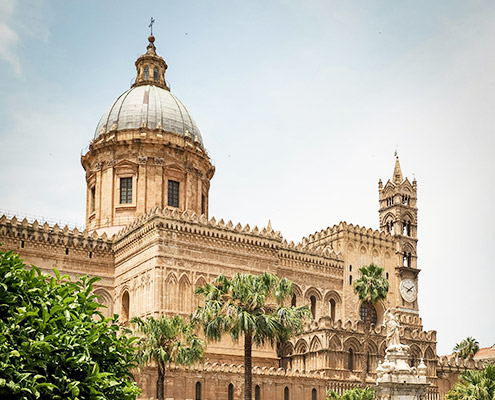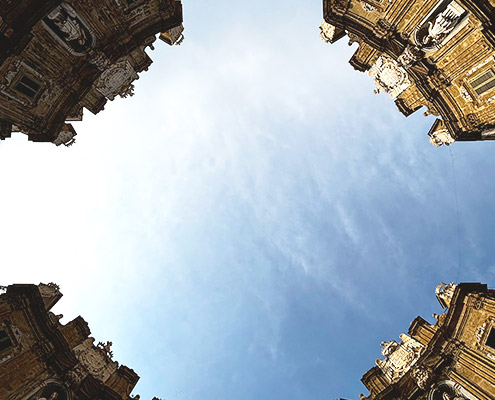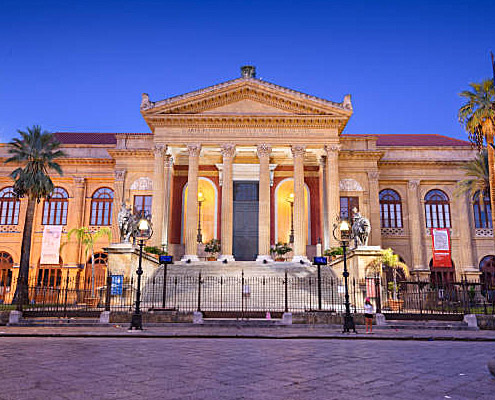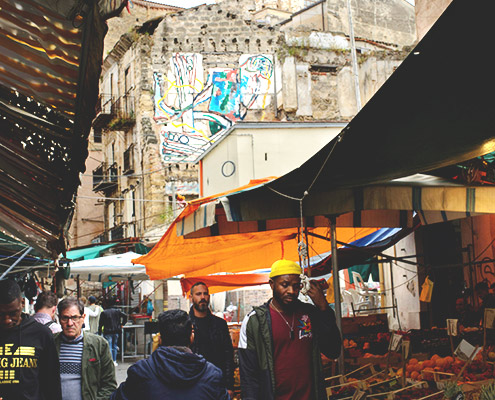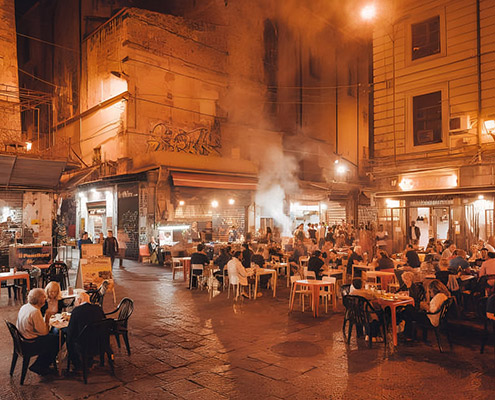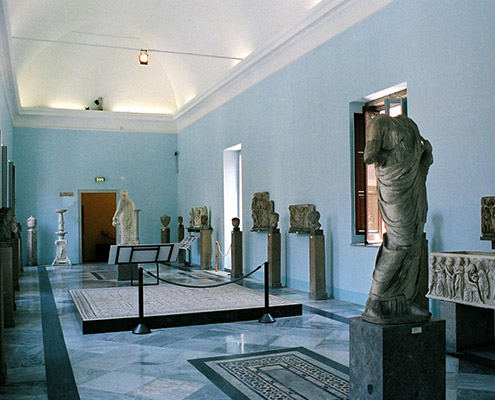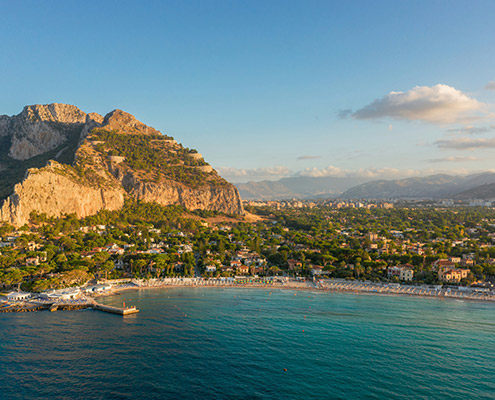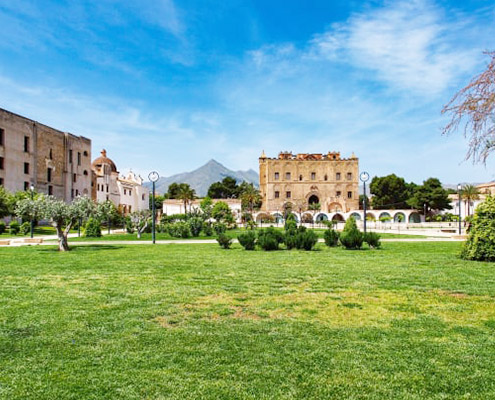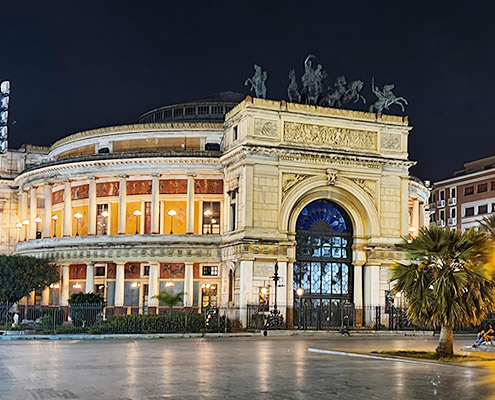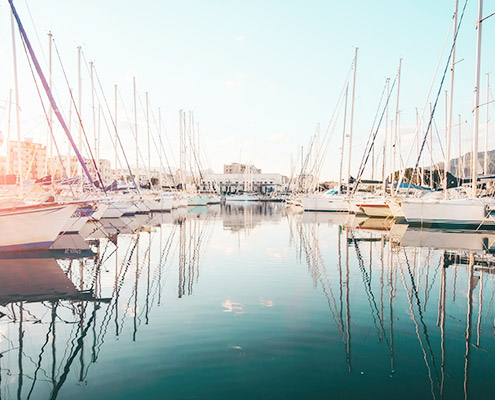Nature and Hiking in Palermo and Surroundings: Scenic Experiences and Breathtaking Views
Palermo is surrounded by extraordinary nature, offering endless opportunities for outdoor enthusiasts. From mountain trails with spectacular panoramic views to nature reserves that protect the island’s biodiversity, Palermo and its surroundings are a true paradise for hiking lovers and nature explorers. In this article, we will explore some of the most beautiful natural experiences you can have in Palermo and nearby, from unforgettable hikes to breathtaking landscapes.
Keep in mind that there are countless destinations reachable from Palermo, and we have selected just a few. Some are closer and easily accessible from the center of Palermo, but if you want to venture further, you’ll find many wonderful gems!
- Monte Pellegrino and the Sanctuary of Santa Rosalia
- Capo Gallo Nature Reserve
- Zingaro Nature Reserve
- Segesta Temple and Nearby Hikes
- Madonie Park
- Piana degli Albanesi Lake
- Forests Near Monreale: San Martino delle Scale and Casaboli
- Monte Cofano Nature Reserve
- Ficuzza Forest Nature Reserve
- Island Hikes
1. Monte Pellegrino and the Sanctuary of Santa Rosalia
Distance from Palermo center: 30 minutes by car, 30-40 minutes by bus.
Monte Pellegrino is one of the most iconic mountains in Palermo, considered a true symbol of the city. Described by Goethe as “the most beautiful promontory in the world,” this limestone massif rises steeply above the sea, offering a breathtaking view of Palermo and the Gulf of Mondello.
Hiking to the summit of Monte Pellegrino is a must-do experience for visitors to Palermo. Several trails lead to the top. The most famous trail starts from the Vergine Maria district and leads to the Sanctuary of Santa Rosalia, the city’s patron saint. The trail is quite steep and takes about an hour and a half. You pass through pine forests and Mediterranean scrub along the way. The Amat 812 bus can also take you to the top.
Once at the summit, you’ll see the sanctuary and enjoy an extraordinary view of Palermo and the sea. From there, you can explore various forest trails.
Another more challenging but fascinating hike is the famous Valle del Porco, which starts from the Favorita Park and winds through the rocks to reach the forested peak of the mountain.
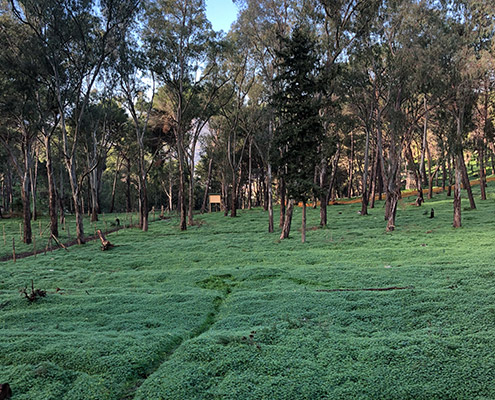
Monte Pellegrino forest
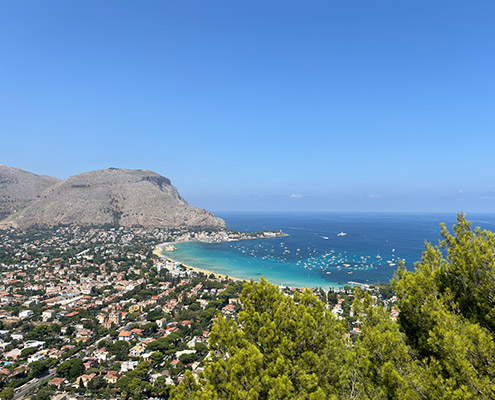
View from Monte Pellegrino
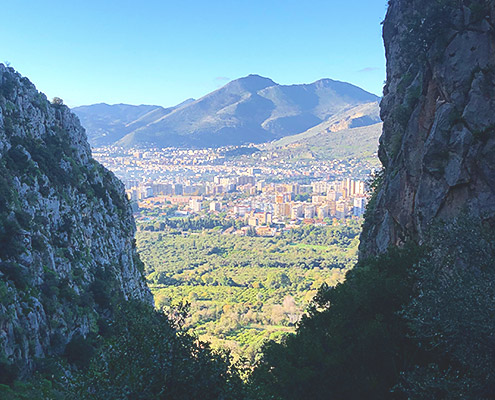
The wild path of “La Valle del Porco”
2. Capo Gallo Nature Reserve
Distance from Palermo center: 30 minutes by car.
The Capo Gallo Nature Reserve is a protected area located between Mondello and Sferracavallo, perfect for those seeking a nature escape close to the city. The reserve offers various hiking trails that pass through unspoiled landscapes, including Mediterranean scrub, cliffs overlooking the sea, and hidden coves. You can easily access it from Mondello, starting behind the main square.
One of the most popular hikes is the trail to the Capo Gallo Lighthouse, an easy route offering stunning panoramic views of the sea and coastline.
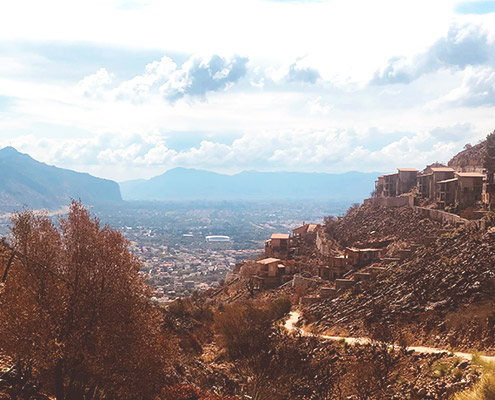
Capo Gallo climbing
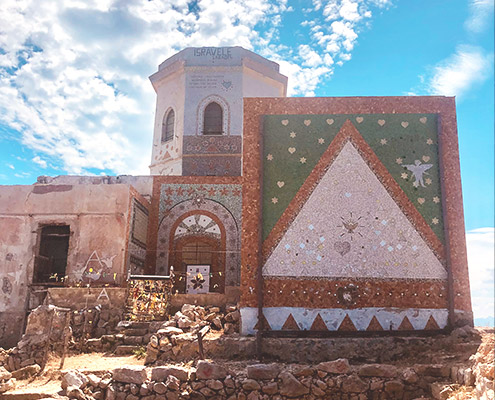
Hermit of Capo Gallo
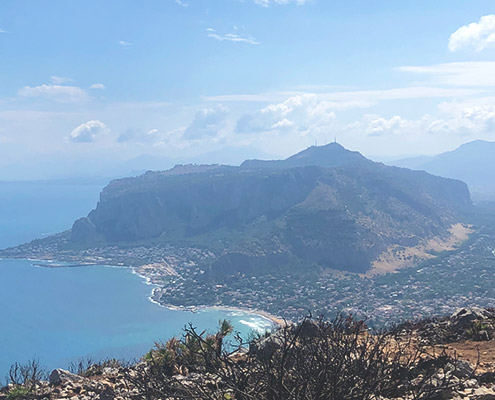
Capo Gallo, view from the top
3. Zingaro Nature Reserve
Distance from Palermo: About 1 hour and 30 minutes by car. The best option is to rent a car, but private companies also offer excursions.
The Zingaro Nature Reserve is one of Sicily’s natural jewels, located along the coast between Scopello and San Vito Lo Capo. It is one of the first nature reserves established in Sicily, offering an extraordinary landscape of high cliffs, sea caves, and coves with crystal-clear waters.
The hiking experience at Zingaro Reserve is unique, allowing you to immerse yourself in pristine nature. The reserve has several hiking trails of varying lengths and difficulty. The coastal trail, about 7 kilometers long, is the most famous and connects the southern entrance (Scopello) with the northern entrance (San Vito Lo Capo). Along the way, you’ll find several coves for swimming, such as Cala Capreria, Cala dell’Uzzo, and Cala Marinella.
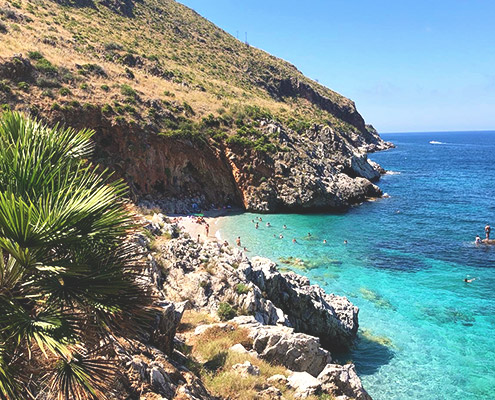
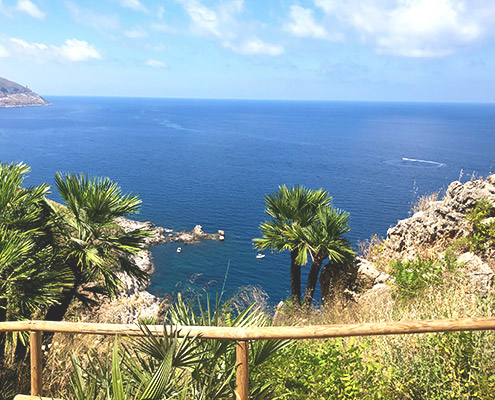
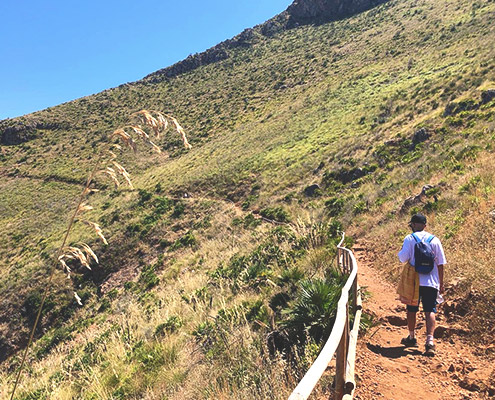
4. Segesta Temple and Nearby Hikes
If you’re driving, you might want to stop at the Segesta Temple on the way to Zingaro Nature Reserve. Built in the 5th century BC, it is one of the best-preserved examples of Doric architecture.
After visiting the temple, you can hike up to the Greek Theater on Monte Barbaro via a beautiful nature trail. This theater, carved into the rock and facing the sea, offers breathtaking views of the Gulf of Castellammare and is still used for performances today.
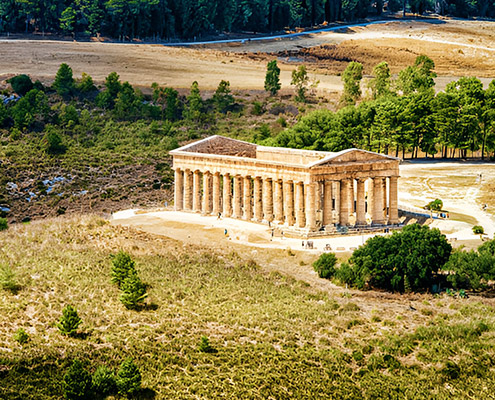
5. Madonie Park
Distance from Palermo: About 1.5 hours by car.
The Madonie Park is perfect for those looking for a more challenging hiking experience. Located in Sicily’s interior, this natural park covers a vast mountainous area and offers some of the most spectacular trails on the island. The Madonie Mountains boast peaks over 1,900 meters, such as Pizzo Carbonara, the second-highest peak in Sicily after Mount Etna.
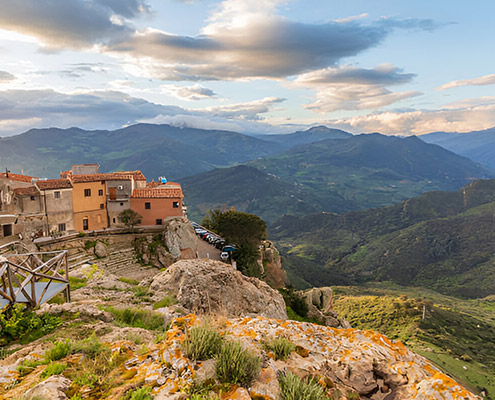
6. Piana degli Albanesi Lake
Distance from Palermo: About 1 hour by bus.
Piana degli Albanesi Lake is a perfect destination for those who want to relax in a beautiful natural setting while savoring local delicacies, especially the famous cannoli.
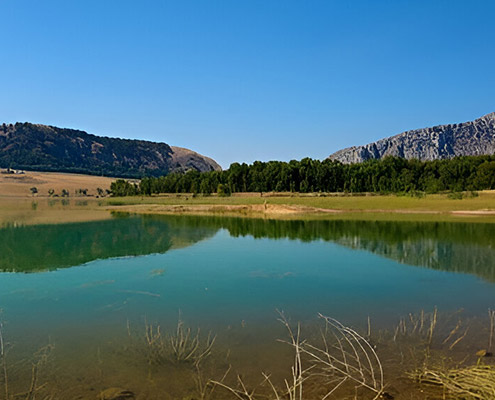
7. Forests Near Monreale: San Martino delle Scale and Casaboli
San Martino delle Scale is a small mountain village above Monreale, known for its historic Benedictine Monastery. It’s a peaceful and spiritual retreat with excellent hiking options.
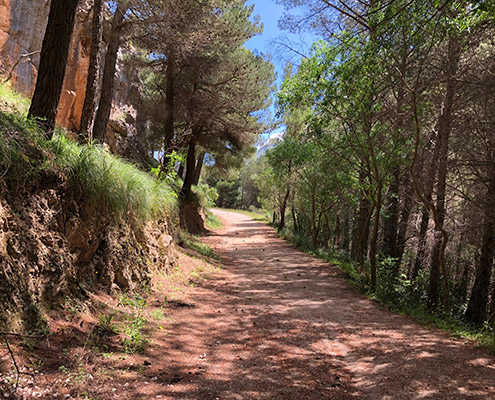
8. Monte Cofano Nature Reserve
Distance from Palermo: About 1.5 hours by car.
The Monte Cofano Nature Reserve is a hidden gem in western Sicily, offering one of the island’s most scenic hikes. The trail around Monte Cofano is a medium-difficulty loop about 10 kilometers long, featuring breathtaking views of the sea and cliffs.
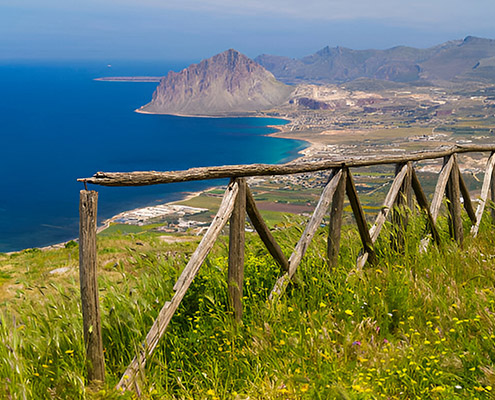
9. Ficuzza Forest Nature Reserve
Distance from Palermo: About 1 hour by car.
The Ficuzza Forest Nature Reserve is one of the largest forests in western Sicily, located about an hour from Palermo. The reserve offers beautiful hiking trails through oak, cork, and holm oak forests.
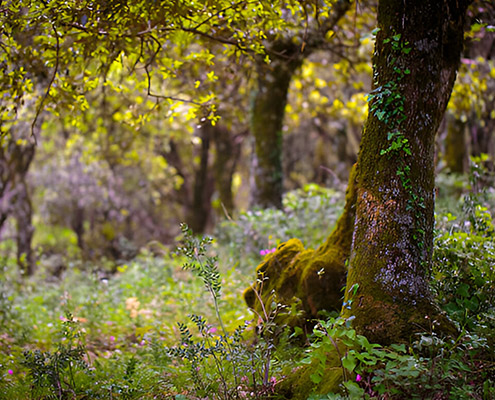
10. Island Hikes
If you’re up for an adventure, consider adding a nearby island to your itinerary. Ferries and hydrofoils depart daily from Palermo’s port, taking you to Ustica in just 1 hour and 30 minutes or to the Aeolian Islands (though the journey takes over 3 hours).
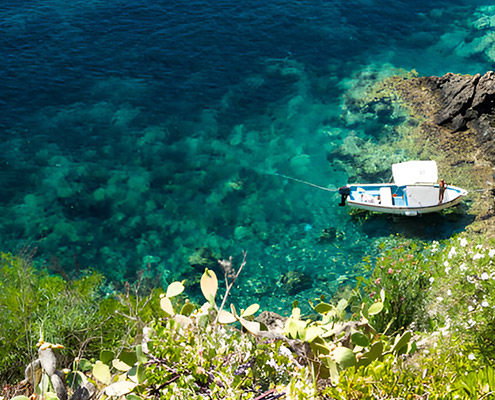
Conclusion
Palermo and its surroundings offer an incredible variety of nature experiences, perfect for those who love hiking and breathtaking views. From coastal nature reserves with cliffs plunging into the sea and hidden coves to inland mountains rich in trails, western Sicily is a true paradise for hiking enthusiasts.

